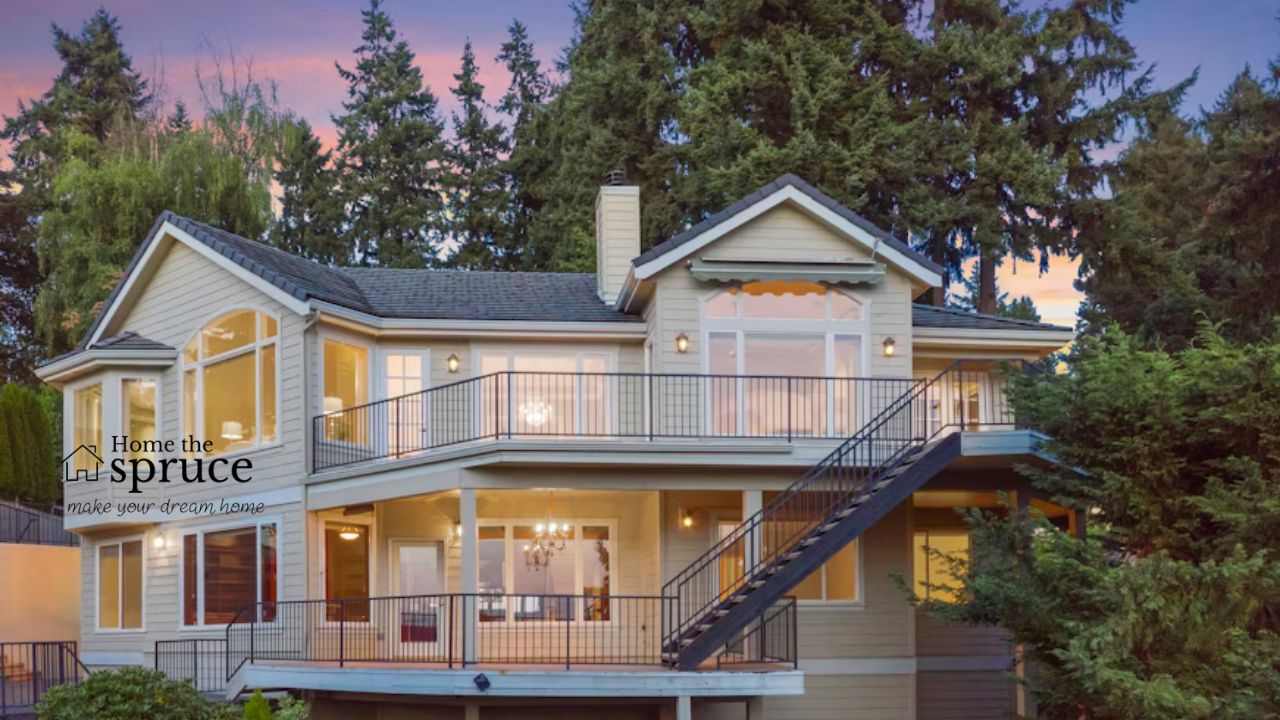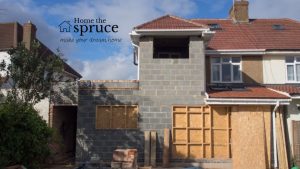The idea of building a home from the ground up is exciting, but the process can be overwhelming. That’s why many people planning new home construction are turning to design-build firms. This model keeps the design and building phases under one roof, simplifying the entire journey. With one team leading the project, there’s less confusion, more collaboration, and often better results.
What Is Design-Build?
Design-build combines architecture, design, and construction services into one contract with a single point of contact. Instead of hiring an architect first, then finding a general contractor, homeowners work with a unified team from day one. The builder and designer work together, creating a plan that matches the budget and vision early on.
This model cuts down on delays caused by miscommunication. Everyone is working on the same team, with the same timeline and goals. That usually translates to fewer surprises and more peace of mind for the homeowner.
Saving Time Without Cutting Corners
Time is one of the biggest advantages of design-build. Traditional construction methods often involve back-and-forth between designers and builders, which can drag out the schedule. With design-build, the team starts thinking about buildability during the design phase. That means fewer changes later.
Timelines are usually more predictable. Since the builder is involved from the start, materials, permitting, and scheduling can be managed more efficiently. The entire project stays in motion, without waiting for one phase to catch up with the next.
This doesn’t mean speed at the cost of quality. Good design-build teams focus on making informed decisions up front, so the actual construction runs smoothly and the finished product aligns with the original vision.
Budget Transparency from Day One
One of the biggest sources of stress in homebuilding is unexpected costs. Traditional methods often separate the design from the build, which can lead to plans that are too expensive to execute. Then comes the time-consuming process of reworking the design or cutting features to stay on budget.
Design-build addresses that early. Because the same team handles both sides of the job, cost conversations happen from the beginning. Builders give input during design, so the plans are realistic and align with financial goals. Homeowners get a clearer picture of what their money is going toward.
Open communication and early planning help avoid sticker shock halfway through the build. It also allows for smarter use of funds. If something needs to be adjusted, it’s easier to shift priorities and still reach the original intent of the project.
Better Collaboration and Communication
Building a home involves dozens of decisions, and each one affects the next. Design-build creates a collaborative space where decisions are made faster and with more clarity. Instead of passing messages between separate companies, everyone sits at the same table.
This integrated approach often results in stronger design outcomes, too. Builders offer practical input, and designers get a better sense of what works in the real world. When both sides are aligned, the result often looks and functions better.
Homeowners benefit from having a single contact person. That means fewer emails, fewer meetings, and faster answers. When questions arise, there’s no confusion about who oversees what. That alone can take a lot of stress off a homeowner’s plate.
Fewer Delays, Fewer Headaches
Unexpected delays can derail a construction timeline and add to costs. Design-build tends to reduce those delays. Since the entire team is involved from the start, issues like permit delays, materials shortages, or subcontractor coordination are easier to spot and plan around.
In traditional models, delays often occur when one side is waiting for the other. That doesn’t happen as often with design-build. The workflow is more fluid, and the team is motivated to keep things moving forward together.
Because there’s a shared goal, the team also tends to be more invested in solving problems. The blame game that sometimes happens between architects and builders is less common in a unified system. That shared accountability often results in better outcomes.
Design-Build Adapts to Your Lifestyle
Every homeowner has different goals. Some want open-concept layouts for family gatherings. Others want detailed craftsmanship or smart home features. Design-build makes it easier to align lifestyle needs with the construction plan.
Because the same team handles both design and build, it’s easier to adjust the process along the way. If you decide to reconfigure a space mid-project, the communication lines are already in place. Designers and builders work together to make the shift without losing time or clarity.
The flexibility of design-build helps bring ideas to life in a way that feels personal. You aren’t working with separate groups trying to interpret each other’s work. Instead, you get one team that sees the full picture from start to finish.
Accountability Builds Confidence
A design-build model places responsibility in one place. This simplifies the process and helps avoid disputes. With a single point of contact, homeowners know exactly who to speak to when they have a concern.
It also helps the team work with more intention. If something goes off track, the issue is solved internally instead of being passed between parties. That level of accountability often creates better follow-through and stronger project results.
This type of working relationship also builds trust. Homeowners can rely on one group to understand their goals, track their budget, and keep the timeline realistic. That stability matters when you’re investing in a major project like a new home.
Fewer Surprises During Construction
One of the biggest frustrations in building is dealing with unexpected changes. These can come from misaligned plans, delayed materials, or unclear instructions. Design-build reduces the chance of these problems because the entire team is involved from the beginning.
With detailed planning and real-time collaboration, surprises are minimized. The builder knows what to expect. The designer knows what’s feasible. And the homeowner is not stuck in the middle.
This helps keep the process smoother and the outcome closer to the original vision. Fewer changes mid-project means fewer delays and fewer added costs. That’s a big win for anyone taking on the challenge of building a new home.
Why Homeowners Say It’s Worth It
Design-build isn’t just a trend. It’s a shift toward smarter, more cohesive building. For many homeowners, it means less stress, fewer delays, and better alignment between design dreams and real-world results. If you’re planning a new home construction project, this model could make the experience smoother and more rewarding.
Ready to explore how design-build could work for you? Reach out to a local firm with experience in this model and start your planning with confidence.







